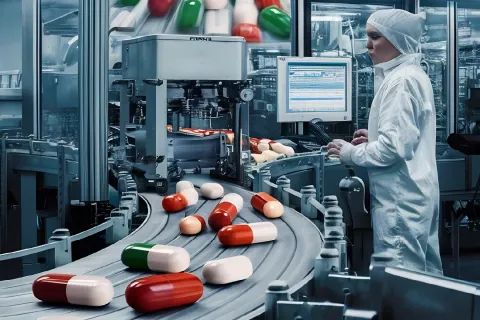
Since the discovery of nitrosamine impurities as human carcinogens in mid-2018, FDA has been investigating and conducting a detailed analysis of the impurities in human drugs and APIs. As the issue of nitrosamine impurity extends beyond the drug supply in the US, other Regulatory Authorities also partnered with the FDA to share information and effective analytical methods in identifying various nitrosamines and in developing rapid solutions for the safety and quality of the drug supply.
Following a thorough investigation, the FDA has issued a guidance for the industry to control the nitrosamine impurities in drugs in September 2020. It provides recommendations to manufacturers to identify the potential causes of nitrosamine formation and evaluate the risk of contamination in their APIs and drug products. The following steps are to be taken by the API and drug product manufacturers to mitigate nitrosamine impurities in their products:
- Assess the nitrosamine impurities in APIs, marketed products, approved products and pending applications. Risk assessments must be done promptly based on the prioritization of drugs. Manufacturers must submit the risk assessment documents when requested.
- Conduct confirmatory testing when the nitrosamine impurities are identified. Due to nitrosamines’ physiochemical properties, the analytical methods for nitrosamines must have specificity, excellent chromatographic separation, and profoundly sensitive detection capability.
- The changes implemented to prevent or reduce the impurities in APIs and drug products must be reported to the FDA, which includes submission of drug master file (DMF) under 21 CFR 314.420(c), changes to approved applications under 21 CFR 314.70 and 314.97 and pending applications under 21 CFR 314.60 and 314.96.
To ensure the safety of the drug supply in the US, confirmatory testing and submission of required changes in drug applications must be concluded within 3 years of the date of publication of this guidance. The implementation timeline includes examining the root cause of the contamination/formation, identifying changes to eliminate the root cause, and confirming that the proposed changes will minimize the risk of contamination or formation without adverse effects.
Henceforth, the API and drug manufacturers must comply with the guidance to possibly eliminate the risks of nitrosamine impurities in their products. Opt for the best Regulatory expertise for compliant testing and submissions. Stay updated. Stay compliant.









